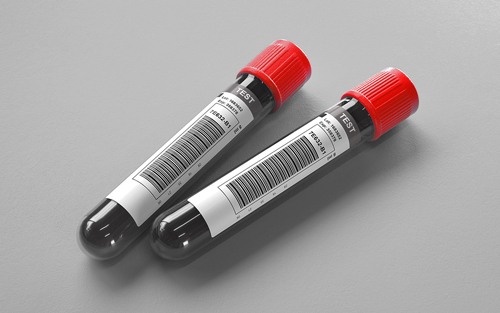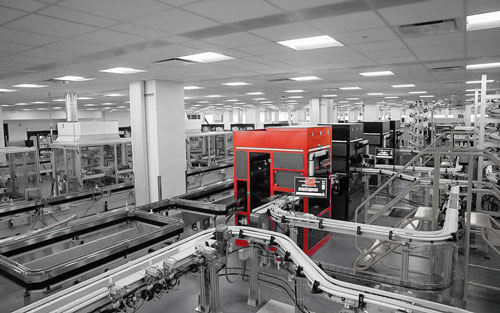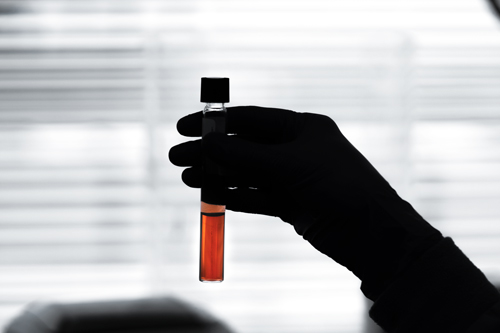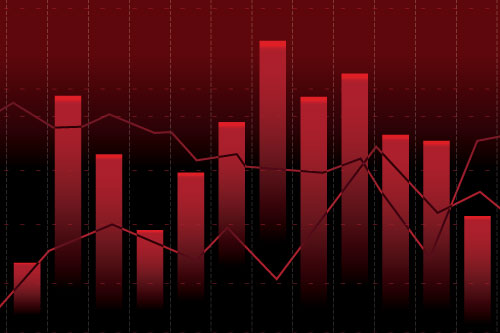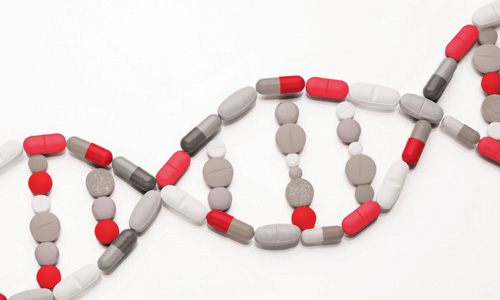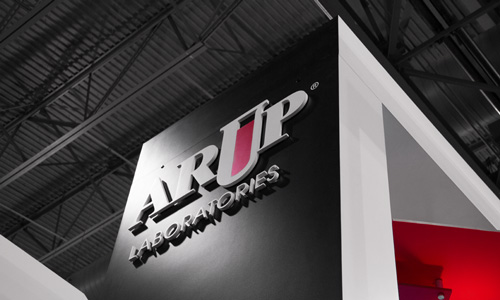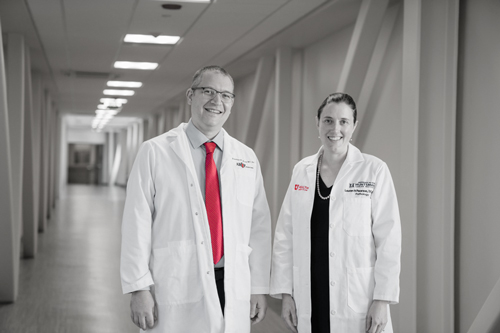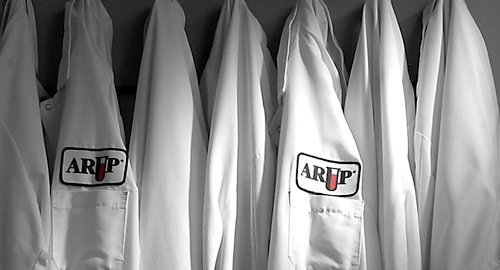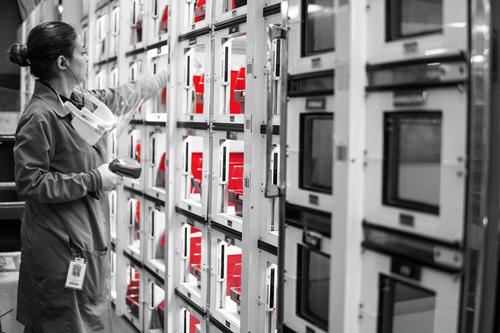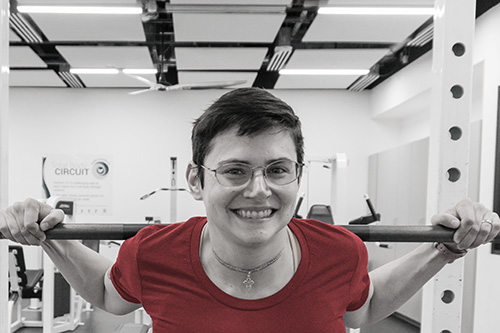Supersaturation Profile, Urine
Ordering Recommendation
Use for kidney stone risk assessment and monitoring; includes interpretation of data. Panel includes calcium, chloride, citric acid, creatinine, magnesium, oxalate, pH, phosphorous, potassium, sodium, sulfate, and uric acid.
New York DOH Approval Status
Specimen Required
24-hour urine. Refrigerate during collection.
Thoroughly mix entire collection (24-hour) in one container. Transport four separate 4 mL aliquots of urine using Calculi Risk/Supersaturation Urine Collection Kit (ARUP supply# 46007). Available online through eSupply using ARUP Connect(TM) or contact Client Services at 800-522-2787. Do not exceed 4 mL in tubes.
Aliquot according to the following specifications:
1st aliquot (pH 2): Transfer 4 mL urine into a sulfamic acid tube. (Min: 4 mL) Mix well. Freeze immediately.
2nd aliquot (pH 2): Transfer 4 mL urine into a sulfamic acid tube. (Min: 4 mL) Mix well. Freeze immediately.
3rd aliquot (pH 9): Transfer 4 mL urine into a sodium carbonate tube. (Min: 4 mL) Mix well. Freeze immediately.
4th aliquot: Transfer 4 mL urine into an unpreserved tube. (Min: 4 mL) Freeze immediately.
If collection kit is unavailable, transport four 4 mL unadjusted aliquots of urine.
New York State Clients: Two 100 mL aliquots
CRITICAL FROZEN. Separate specimens must be submitted when multiple tests are ordered.
Record total volume and collection time interval on tube and test request form.
Ambient: Unacceptable; Refrigerated: Unacceptable; Frozen: 2 weeks
Methodology
Quantitative Spectrophotometry / Quantitative Enzymatic Assay / Quantitative Ion-Selective Electrode
Performed
Mon, Wed, Fri
Reported
1-8 days
Reference Interval
| Test Number |
Components |
Reference Interval |
|||||||||||||||||||||
|---|---|---|---|---|---|---|---|---|---|---|---|---|---|---|---|---|---|---|---|---|---|---|---|
| Calcium, Urine - per 24h |
|
||||||||||||||||||||||
| Creatinine, Urine - per 24h |
|
||||||||||||||||||||||
| Magnesium, Urine per 24h | 12-199 mg/d | ||||||||||||||||||||||
| Phosphorus, Urine - per 24h | 400-1300 mg/d | ||||||||||||||||||||||
| Uric Acid, Urine - per 24h | 250-750 mg/d | ||||||||||||||||||||||
| Citric Acid, Urine - per 24h | 18 years and older: 320-1240 mg/d | ||||||||||||||||||||||
| Oxalate, Urine - per 24h |
|
||||||||||||||||||||||
| Sodium, Urine - per 24h | 51-286 mmol/d | ||||||||||||||||||||||
| Potassium, Urine - per 24h | 25-125 mmol/d | ||||||||||||||||||||||
| Chloride, Urine - per 24h | 140-250 mmol/d | ||||||||||||||||||||||
| pH, Urine | 5.00-7.50 |
Interpretive Data
The values determined for this specimen are placed on the chart to indicate the approximate risk associated with the particular concentrations. Increased risk is to the right of center; decreased risk, to the left. Relative supersaturation calculated for calcium oxalate, calcium hydrogen phosphate (brushite) and uric acid calculi is displayed. Relative risk increases from the middle to the right side of this chart.
Per 24h calculations are provided to aid interpretation for collections with a duration of 24 hours and an average daily urine volume. For specimens with notable deviations in collection time or volume, ratios of analytes to a corresponding urine creatinine concentration may assist in result interpretation.
Laboratory Developed Test (LDT)
Note
Compare to StoneRisk Diagnostic Profile
Hotline History
CPT Codes
82340; 82436; 82507; 84560; 83735; 83945; 84105; 84133; 84300; 84392; 83986
Components
| Component Test Code* | Component Chart Name | LOINC |
|---|---|---|
| 0020201 | Sodium, Urine - per volume | 35678-2 |
| 0020202 | Potassium, Urine - per volume | 35677-4 |
| 0020203 | Chloride, Urine - per volume | 35676-6 |
| 0020205 | Calcium, Urine - per volume | 35675-8 |
| 0020206 | Calcium, Urine - per 24h | 6874-2 |
| 0020207 | Creatinine, Urine - per volume | 35674-1 |
| 0020208 | Creatinine, Urine - per 24h | 2162-6 |
| 0020211 | Magnesium, Urine - per volume | 30922-9 |
| 0020212 | Magnesium, Urine per 24h | 24447-5 |
| 0020213 | Phosphorus, Urine - per volume | 35673-3 |
| 0020214 | Phosphorus, Urine - per 24h | 2779-7 |
| 0020218 | Uric Acid, Urine - per volume | 3086-6 |
| 0020219 | Uric Acid, Urine - per 24h | 3087-4 |
| 0020242 | Citric Acid, Urine - per 24h | 6687-8 |
| 0020243 | Citric Acid, Urine - per volume | 2128-7 |
| 0020255 | Oxalate, Urine - per 24h | 2701-1 |
| 0020484 | Oxalate, Urine - per volume | 27222-9 |
| 0020601 | Sodium, Urine - per 24h | 2956-1 |
| 0020602 | Potassium, Urine - per 24h | 2829-0 |
| 0020603 | Chloride, Urine - per 24h | 2079-2 |
| 0081103 | Sulfate, Urine - per volume | 26888-8 |
| 0081104 | Sulfate, Urine - per 24h | 26889-6 |
| 0081190 | Urine Supersaturation, CAHPO4 | 42673-4 |
| 0081191 | Urine Supersaturation, UA CALC | 42678-3 |
| 0081192 | Urine Supersaturation Interpretation | 48767-8 |
| 0081194 | Urine Supersaturation, CAOX | 34736-9 |
| 0097110 | Total Volume | 19153-6 |
| 0097111 | Hours Collected | 30211-7 |
| 2008709 | pH, Urine | 2756-5 |
| 2008772 | EER Supersaturation Profile, Urine | 11526-1 |
Aliases
- Calculi Risk
- Calculus Risk
- choride
- citric aci
- creatinine
- Kidney Stone Profile
- Kidney Stone Risk Assessment
- magnesium
- oxalate
- phosphorus
- potassium
- sulfate
- uric acid
